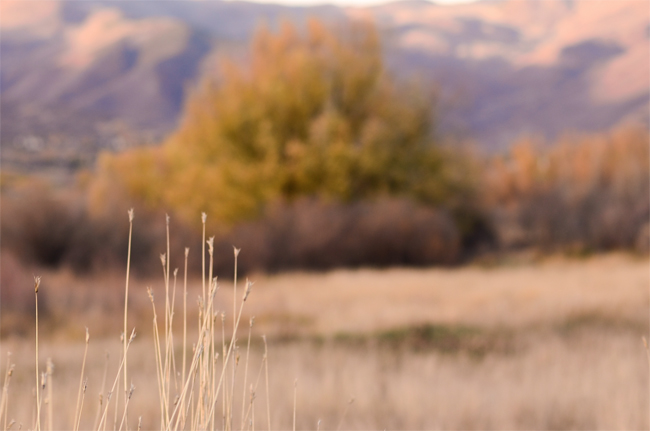If you've read my post on Learning How to Make a Good Exposure you'll remember that the three settings that determine your exposure are your ISO, along with Aperture and Shutter Speed. To make the most of your photos we need to understand how these three work together and in turn, create well-exposed images.
ISO is a numerical exposure index created by the International Standardization Organization (there's no need to remember that, but just in case you play a trivia game with ISO as a question, you now know the answer). What you need to know is that inside your camera you have a sensor where your images are recorded. Your sensor gathers the light available and with it, creates an image. ISO is basically how sensitive your camera's sensor is to light, or how it processes that light into signals.
HOW IT WORKS:
A higher ISO will allow you to take photos in low-lit situations. This will make your image BRIGHTER.
With a lower ISO you will need a well-lit scene in order to get a well-exposed image. This will make your image DARKER.
HOW IT EFFECTS IMAGE QUALITY:
The lower your ISO is (i.e. ISO 200) the higher your image quality will be.
The higher your ISO is (i.e. ISO 3200) the more 'digital-noise' or grain will show.
A higher ISO will let you shoot better exposures in darker settings, but as a trade off, you get more digital-noise. Digital-noise is when photos look grainy and less sharp or smooth.
The cropped images below are zoomed into 66.7% so you can see the grain better. This is ISO 100.
This is ISO 6400. Although grainy, most DSLR camera sensors are improving when it comes to handling grain/noise at a higher ISO. This was outside before sunset with a decent amount of light, so the grain isn't as crazy as it would be if I were indoors in a dimly-lit setting.
Below you'll see another zoomed-in example of a landscape shot at ISO 100 and ISO 6400.
These photos of my fuzzy friend Lando show how a higher ISO number lets in more light. My shutter speed and aperture stayed the same, and I just increased my ISO.
Feel free to use my following examples as a quick guide:
If I am shooting outside with plenty of sunshine, I keep my ISO around the lowest setting (this is typically ISO 100).
If I am in the shade, I'll find myself shooting a little higher between ISO 200-400.
If I am indoors in a well-lit situation, I shoot somewhere between ISO 400-600.
When I shoot around sunset or dusk and my subject is dark, I'll push my ISO somewhere between ISO 800-3200 if I am holding my camera. If I am shooting a nice landscape, I will use a tripod and set a longer shutter speed to let in more light. This will allow me to keep a lower ISO for better quality.
I shoot around ISO 1600 or above if I am inside where it's dimly lit and I don't want to use my on camera flash.








